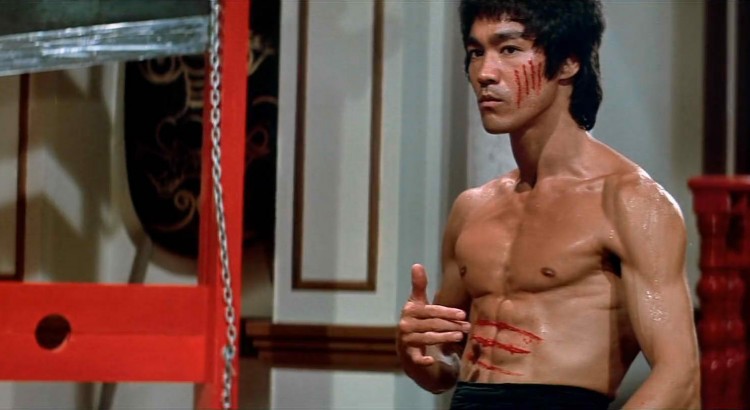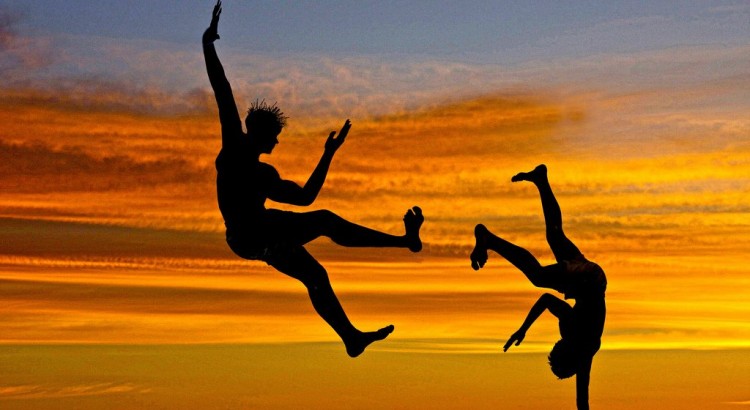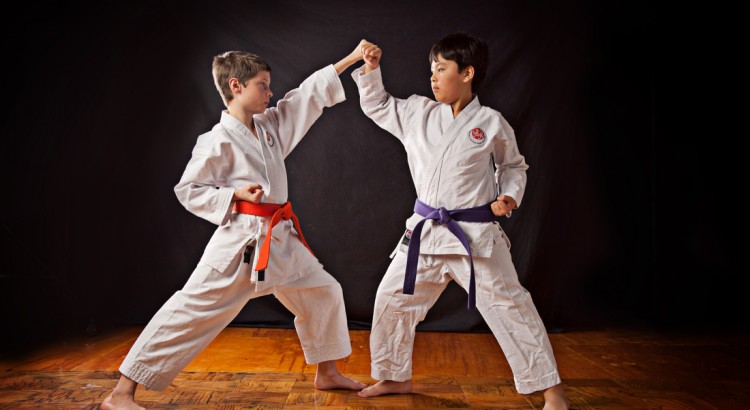Unless you’re a hardcore movie fan or you’re from a country where martial arts flicks are shown on free television every weekend, there’s a remote chance you’re not even familiar with some of the martial arts movies in this list.
But don’t worry. There’s also a very low chance you won’t be entertained in watching a martial arts flick. Martial arts films are fast-paced, with unique fight scenes that are breath-taking, to say the least. Karate chops and roundhouse kicks are staples in these movies, and the fight scenes are brilliantly choreographed most of the time.
That said, here are some of the martial arts movies you should see:
1. Enter the Dragon (1973)
This is the final film appearance of Bruce Lee, hands down the most influential martial arts figure of all time. Largely set in Hong Kong, it was the first Chinese martial arts film produced by a major Hollywood studio (Warner Bros.).
Aside from being considered by many as the greatest martial arts film of all time, it is also deemed ‘culturally significant’ in the United States that it was selected for preservation in the National Film Registry of the Library of Congress.
While the plot isn’t the most compelling, what you’d see here is the late Lee fighting off an army of evil-doers. Just the sight of the great Bruce Lee doing his thing one last time makes this movie a must-watch.
2. Drunken Master II (1994)
Starring the only guy who can probably match up with Lee’s appeal, Jackie Chan portrays Chinese folk hero Huang Fei-hung who is an expert in the Hung Gar style of Chinese martial arts. It is the sequel of the 1978 film that made Chan a household name.
In this movie, Chan battles a group of traitors who smuggle Chinese historical artifacts. A highlight of the flick is his fight with Ken Lo in an abandoned warehouse, and a final showdown with Liu Chia-liang under a train.
How good is this movie? Well, it was just named by the prestigious Time Magazine as one of its 100 best films of all-time.
3. Crouching Tiger, Hidden Dragon (2000)
This Ang Lee masterpiece is the highest grossing foreign language film in US history. Aside from grossing more than $200 million, it is also critically-acclaimed having won more than 40 awards. It was also nominated for six other Academy Awards including Best Picture.
The film stars Michelle Yeoh and Chow Yun Fat, and also introduced Zhang Ziyi who would star in several movies later on. It was so popular that it opened the flood gates for other martial art flicks like House of Flying Daggers and Hero which were shown later in the decade.
4. Iron Monkey (1993)
While it is not as successful as Crouching Tiger, Hidden Dragon, Iron Monkey is very entertaining to say the least. Iron Monkey is the alter ego of a physician named Yang Tianchun who runs a clinic in the day and dresses in black at night to rob the rich and help the poor. And Donnie Yen, the lead star of the film, shows a lot of moves that would simply have your jaw drop in awe.
Interestingly the fight scenes were choreographed by the same team who worked on the films Crouching Tiger, Hidden Dragon and The Matrix.
5. Police Story (1985)
This may be an old movie but it’s worth spending two hours of your life. This movie starring Jackie Chan is about a police officer who goes undercover to clear his name after he was framed by drug barons.
Again, the plot isn’t Oscar Award-worthy but you’re not seeing a martial arts flick because of the story, right? In this movie, you’ll see a lot of stunts from Chan, considered as the greatest stunts guy in the world during his prime. What’s more impressive is the Chan did all the stunts without a body double, which made the flick even more entertaining and intriguing.
6. Ong Bak (2003)
Starring Tony Jaa, this is the first martial arts movie that focuses on Muay Thai, the Thai martial art. Again, the plot isn’t really intriguing—a humble peasant goes after a group of thieves who stole a village’s Buddha head. In the process, he crushes everyone with his bare hands.
Still, you’ll love the fight scenes. The moves are fast paced and exciting, and no punches were pulled.
7. Swordsman II (1992)
This flick starred Jet Li. To date, it remains as the most successful Jet Li starred-movie in China.
This movie was directed by Ching Siu-tung who paid homage to the old Chinese swordplay featuring meticulously choreographed fight scenes. It is what you’d expect from an old-school martial arts flick, with acrobatics defying the laws of gravity, and the typical good vs. evil fight.









